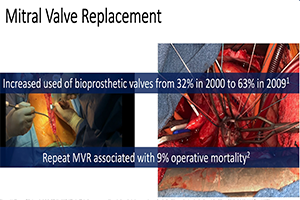A step-by-step guide to transseptal valve-in-valve transcatheter mitral valve replacement
Abstract
With the recent success of transcatheter aortic valve replacement (TAVR), transcatheter options for the management of mitral valve pathology have also gained considerable attention. Valve-in-valve (ViV) transcatheter mitral valve replacement (TMVR) is one such technique that has emerged as a safe and effective therapeutic option for patients with degenerated mitral valve bioprostheses at high-risk for repeat surgical mitral valve replacement. Several access strategies, including trans-apical, transseptal, trans-jugular, and trans-atrial access have been described for ViV-TMVR. Initial experiences were performed primarily via a trans-apical approach through a left mini-thoracotomy because it offers direct access and coaxial device alignment. With the advancements in TMVR technology, such as the development of smaller delivery catheters with high flexure capabilities, the transseptal approach via the femoral vein has emerged as the preferred option. This technique offers the advantages of a totally percutaneous approach, avoids the need to enter the thoracic cavity or pericardial space, and provides superior outcomes compared to a trans-apical approach. In this review, we outline key aspects of patient selection, imaging, procedural techniques, and examine contemporary clinical outcomes of transseptal ViV-TMVR.
Cover






